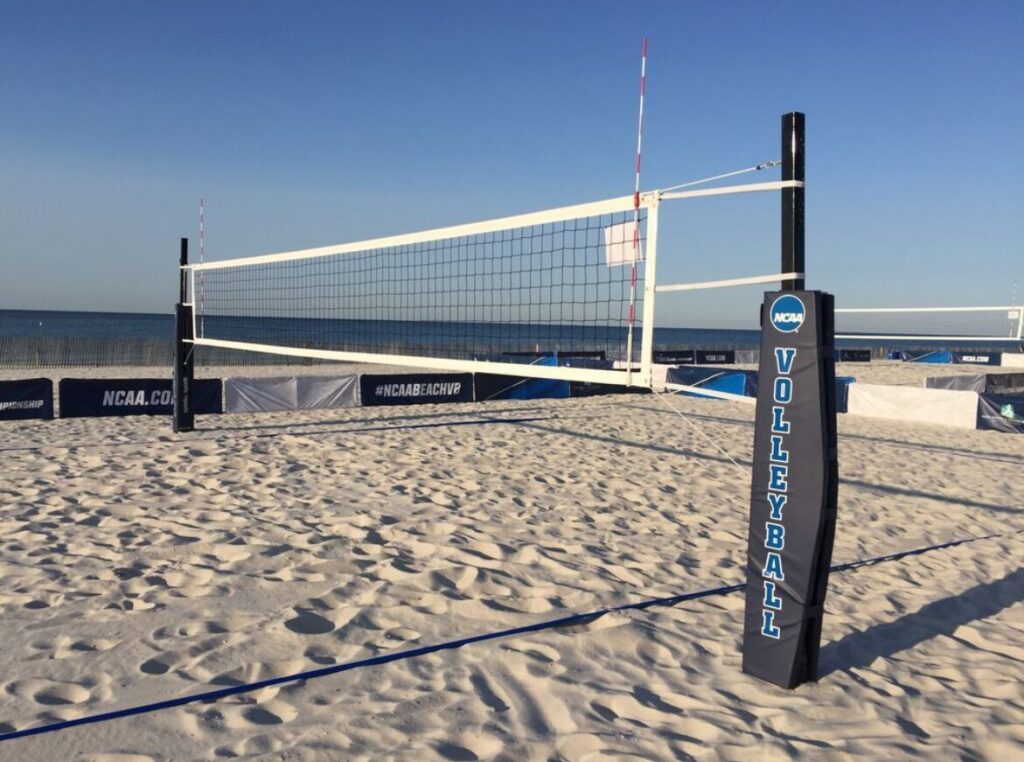When you think of volleyball, the first thing that comes to mind is usually the players and the ball — but volley ball nets are the heart of the game.
They define the court, set the boundary between teams, and have a huge impact on how the game is played.
A high-quality volley ball net isn’t just a piece of equipment; it’s a performance tool.
Whether it’s for competitive matches or casual games, the right net ensures fair play, player safety, and a professional look on the court.
Why a Good Volley Ball Net Matters
The main role of volley ball nets is to create a fair and consistent playing field for both sides.
A properly installed net makes sure every serve, spike, and block is played within the rules.
High-quality volley ball nets also improve safety.
They’re designed to handle the force of powerful shots and quick rallies without sagging or snapping, keeping the game enjoyable and safe for everyone.
Key Features of Professional Volley Ball Nets
One of the most important things about volley ball nets is the material.
Nylon and polyethylene are the most common choices because they are strong and weather-resistant.
The support poles for volley ball nets are usually made from aluminium or steel.
Aluminium is lightweight and rust-resistant, while steel provides maximum stability for intense games.
Official Dimensions for Volley Ball Nets
For competitive play, volley ball nets must meet official height and length rules.
Men’s nets are set at 2.43 m high, and women’s at 2.24 m, with a standard width of 1 m.
The length of volley ball nets should be between 9.5 and 10 m.
These measurements keep the game consistent, no matter where it’s played.
Mesh Size and Tension in Volley Ball Nets
The mesh of volley ball nets should be about 10 cm square to allow clean ball interaction.
This prevents the ball from slipping through while keeping play smooth and fair.
Tension is another key factor in volley ball nets.
A good tensioning system, like a ratchet or turnbuckle, keeps the net tight and prevents sagging during matches.
Types of Volley Ball Nets
Indoor volley ball nets are made for gym use, with smooth nylon for consistent ball contact.
They’re often paired with poles that have non-slip bases to protect indoor flooring.
Outdoor volley ball nets are built for weather resistance, using UV-protected polyethylene.
They’re anchored with stakes or weighted bases to stay stable in wind.
Beach Volley Ball Nets
Beach volley ball nets are designed for sand courts, using anchors or weighted poles for stability.
The materials resist corrosion from salty air and sand abrasion.
Many beach volley ball nets also feature bright colours for better visibility.
This not only makes them easier to see but adds to the fun beach atmosphere.
How to Choose the Right Volley Ball Net
When selecting volley ball nets, first consider where you’ll use them — indoors, outdoors, or on the beach.
Your environment determines the best material and design.
You should also check that volley ball nets meet official standards.
A regulation net ensures fair competition and a familiar feel for all players.
Maintaining Your Volley Ball Nets
Keeping volley ball nets in good condition means regular cleaning.
Indoor nets may just need a wipe-down, while outdoor nets should be washed to remove dirt, sand, or salt.
It’s also important to inspect volley ball nets for frays, rust, or bent poles.
Fixing small problems quickly will help the net last longer.
Trends in Modern Volley Ball Nets
Some volley ball nets now include smart technology like built-in sensors to track ball speed and impact.
This is becoming popular in training and professional coaching.
There’s also a move toward eco-friendly volley ball nets made from recycled materials.
These help reduce environmental impact without sacrificing quality.
Final Thoughts on Volley Ball Nets
Whether for a professional match or a backyard game, volley ball nets are essential for fair play and player safety.
The right net improves game quality and keeps the action flowing smoothly.
By choosing high-quality volley ball nets and maintaining them well, you’ll enjoy better matches and get more life out of your equipment.


